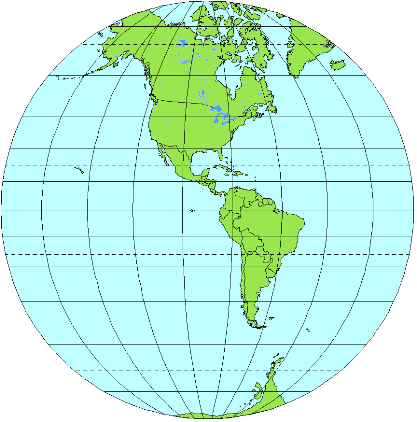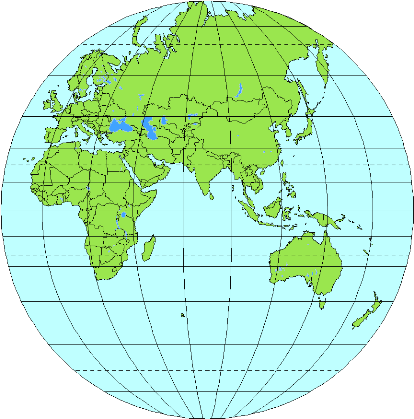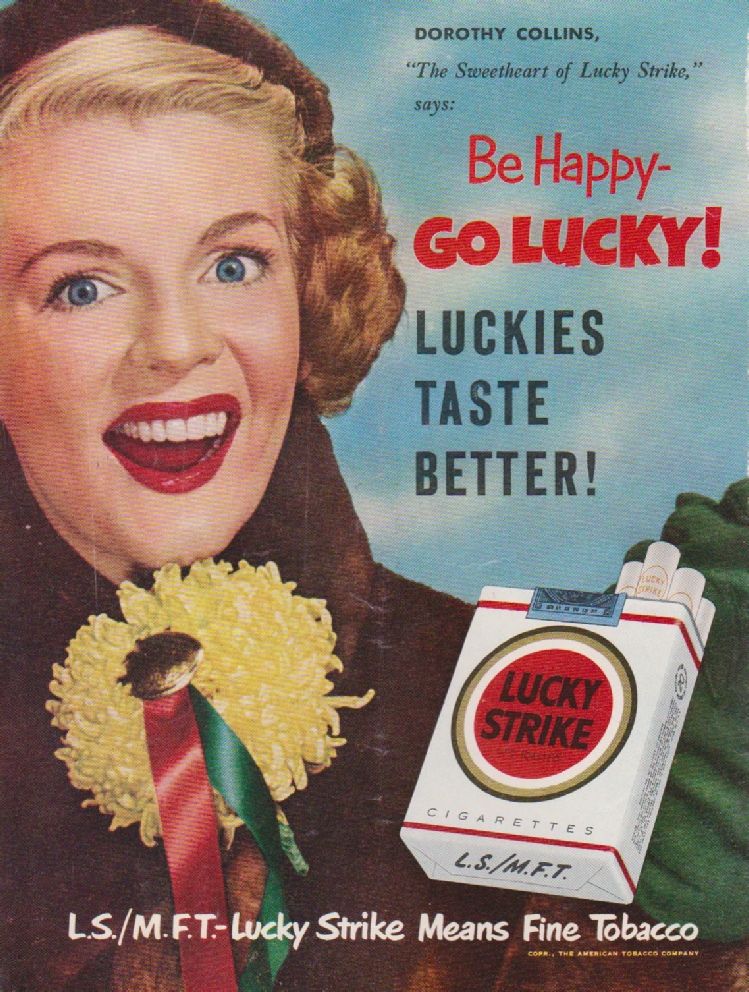Business Strategy



Direction for Your Business




The consulting services of Strategy Sanity are multi-
- Strategies, Programs, and even presentations can be analyzed and developed.
- Numerous Marketing and writing services are available.
- Extensive experience is the basis of many More abilities as well.
- In the technical arena, our strength is in embedded Processors, microcontrollers, digital signal processors, core processors, application processors, multi-
core processors, and their application in electronic equipment. - Traditional Market Research is performed in conjunction with Objective Analysis.
- Look into the Background and Biographies of our principals. Ask industry insiders or do a little Googling for our names, if there is not enough in the News and Events.
Site tends to look best using Firefox on a PC, but should look good on any browser and on smaller-
Copyright ©2007-

info@
to inquire further –
StrategySanity.com

GENERAL PERSHING MOUNTED ON HORSE PRESENTED AS GIFT Before us, on this beautiful horse presented by patriotic admirers, sits General [John J.] Pershing, commander-
Regions
There are a number of angles on geographic region that must be considered in the life of a semiconductor. The easy one is the headquarters of the vendor. NEC is a Japanese company (now part of Renesas), whereas Texas Instruments is US-
 However, the shipping address for the chip may be in Tennessee where the car is finally assembled; so the chip might get shipped to the USA, a 3rd regional classification. It can get more complex as subsystems like engine control units (ECUs) or audio equipment (radios) might be built in Taiwan or by Bosch in Germany, leading to a 4th region involved.
However, the shipping address for the chip may be in Tennessee where the car is finally assembled; so the chip might get shipped to the USA, a 3rd regional classification. It can get more complex as subsystems like engine control units (ECUs) or audio equipment (radios) might be built in Taiwan or by Bosch in Germany, leading to a 4th region involved.
Where the final electronic equipment gets sold may be the last (the 5th) country that chip will visit -
Two additional locations may be involved before the chip is soldered onto a circuit board and those come into play when a contracted third-
For typical market research reporting, two of these regions are most prevalent: billing and headquarters. Most important is usually the country/region where the bill is sent to the customer. This may be a central location and the product may never physically pass by there. But this is how the vendor tracks its business revenues so it becomes most important in reporting. The second region of interest is usually the country where the vendors' headquarters is based. This is problematic as well. Many companies are multinational and the product may never pass through that location either. But revenues are typically attributed to the company in its headquarters location, even if the company splits out its overall sales by region otherwise. However, in the modern global marketplace that we live in, this is a complexity that must be accepted.
 Key to all regional revenues is the currency exchange rate used to determine total revenue in any time period. If the US dollar ($ or USD) is the most common currency by which revenues are compared, then the "strength" of the dollar versus a country's local currency can have a varying effect on apparent growth in a region over time. This may mask real activity or success in a locale, at least temporarily. In some ways things got simpler when the Euro took over for many European countries' currencies, but with Britain standing aside and other countries around the globe still using their own money, currency exchange rates will remain a fluid part of revenue totals and comparisons.
Key to all regional revenues is the currency exchange rate used to determine total revenue in any time period. If the US dollar ($ or USD) is the most common currency by which revenues are compared, then the "strength" of the dollar versus a country's local currency can have a varying effect on apparent growth in a region over time. This may mask real activity or success in a locale, at least temporarily. In some ways things got simpler when the Euro took over for many European countries' currencies, but with Britain standing aside and other countries around the globe still using their own money, currency exchange rates will remain a fluid part of revenue totals and comparisons.
 Different geographic regions come into play long before any finished semiconductor is sold. Even 20 years ago before the industry "dis-
Different geographic regions come into play long before any finished semiconductor is sold. Even 20 years ago before the industry "dis-
It is essentially impossible for an outsider to trace the travels of any particular chip through its life through the time it is programmed and soldered into a piece of end-
The way cost-
There are still two other important locations in the heritage of an electronic circuit and these are centered around the design. The design of the circuit is a long and arduous task that may involve dozens to thousands of engineers. These designers are often located at the semiconductor vendor, but they could be in teams in different continents and include software grouped in other regions as well as hardware designers. The second design consideration is where the design team is that determines how the chip will be used in the end-
There can be different reasons for designing, building, or marketing electronic products from various countries and regions. The cost is one big reason, but more subtle reasons also come into play. "Domestic" products are often favored by OEMs or end-
Again, modern manufacturing processes and the global marketplace are complex. Identifying the "country of origin" or any other location-
Typical Geographic Regions
• The Americas [earlier: North America or United States]
• Europe, Middle East, Africa (EMEA) [earlier: Europe or Western Europe]
• Japan
• China [sometimes included in Asia/Pac or ROW]
• Asia/Pacific (A/P, Asia-
• Rest Of World (ROW)
Other Regions ("emerging markets", usually viewed in isolation)
• Brazil, Russia, India, China, and South Africa (BRICS)
• Central and Eastern Europe (CEE)
• Commonwealth of Independent States (CIS)
The Commonwealth of Independent States (CIS) was created in December 1991. In the adopted Declaration the participants of the Commonwealth declared their interaction on the basis of sovereign equality. CIS consists of: Azerbaijan, Armenia, Belarus, Georgia, Kazakhstan, Kyrgyzstan, Moldova, Russia, Tajikistan, Turkmenistan, Uzbekistan and Ukraine -
Also, in the Glossary, see: APAC, BRICS, CEE, CIS, EMEA, ROW, WW

The cigarette print ad above is from a 1952 football program.
Dorothy Collins, "The Sweetheart of Lucky Strike," says:
Be Happy -
L.S./M.F.T.-
It is surprising that 60 years ago so many people smoked tobacco -
Three dimensional photography has been around for over a century, originally using pairs of still photographs, as shown below. Later motion pictures offered 3D depth utilizing cardboard glasses with a red and blue lens. Today's passive and active 3D glasses are modernized versions of those original props attempting to provide a real-
The image below is a scan of an old (1920's?) 3D picture card, that was placed in a viewer that allowed the left eye to see only the left image and the right eye to see the right. The brain blends the two images to form a proper three dimensional scene that is as realistic as real life, except that it is only in black and white and a still image.
Natural depth perception is a result of the fact that each eye sees around each object a little bit differently than the other eye because of the spacing of the eyes. The camera taking a 3D photograph needs to replicate that separation and distinction.
Due to the great distance to the subject matter in this pair of "stereoscopic" images compared to the perhaps 3" to 4" spacing of one's eyes, differences in the two images are difficult to see. However, looking behind the rump of the horse, there are two women in big hats holding American flags. In the left-
The brain senses the slightest difference in images coming from both eyes to distinguish depth, determine distances, and evaluate texture. Distance, in turn, helps to visually determine actual size of a subject. Living only in two dimensions, a small snake close by could appear as large as a big (and dangerous) snake farther away.
An Extended Discussion of Selected Terms, Issues, and Behaviors of the Industry
Topics: Numbers 3-
Numbers
Traditional scientific conventions in notation of numbers and measures are utilized in electronics and semiconductors with some slight variations when dealing with the powers-
Any numbers associated with bytes and address ranges should refer to Base-
Clock rates and pixel counts are usually tied to the Base-
Power of 10 Power of 2
Base-
µ micro-
n nano-
p pico-
8 28 = 256
k kilo-
16 216 = 65,536
M mega-
24 224 = 16,777,216
G giga-
32 232 = 4,294,967,296
T tera-
264 = 1.84467441 × 1019 (reportedly)
264 = 17179869184 gigabytes (gibibytes)
Also, in the Glossary, see: B, G, m, M, n, u,
The dialog on the back of the card (shown below the photos) is interesting in its content and time setting as well as the flair with which the information is described. Note that latitude and longitude were given – 100 years ago.
Here are extracts from some commentary about the company that made the 3D photograph shown. There are similarities in today's electronics industry that deserve reflection (emphasis added). The extracts remain the copyright of the source, www.yellowstonestereoviews.com/publishers/keystone.html

KEYSTONE VIEW COMPANY
Meadville, Pennsylvania -
The Keystone View Company was founded in 1892 by B. L. Singley in Meadville, Pennsylvania. It rapidly improved and eventually became not only the world's largest but also the best view company.
In the early 1900s, when stereoviewing was declining and other companies were in trouble, Keystone bought their stocks and incorporated them into their own holdings. By the 1920s the Keystone Company was the sole surviving major producer of conventional card-
As general interest in stereo dropped off with the advent of postcards, radio and movies, Keystone began emphasizing the educational value of their product and the use of stereo in the diagnosis and treatment of eye problems. The company survived into the 1970s, continuing to produce better and better views and viewers while public interest dwindled to a non-
